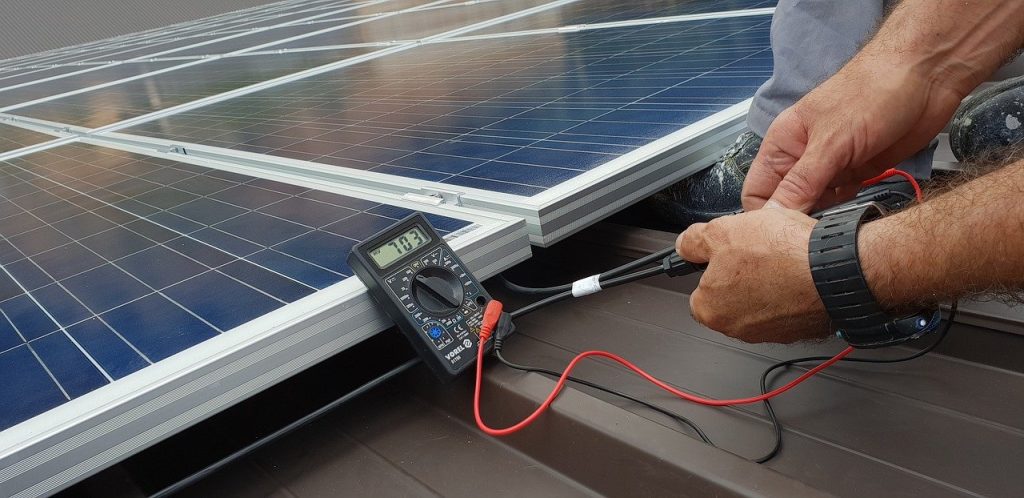Energy – one word, and so many meanings. We encounter the concept of energy every day in relation to electricity and heat consumption, for example through photovoltaic installations. However, get to know the concept of primary energy, which is important in the natural acquisition of electricity from the environment.
Primary energy is nothing other than energy that is extracted directly from all possible natural resources. Both renewable and non-renewable natural resources. In addition, primary energy also defines the amount of energy needed to cover the demand for heating, air conditioning and mechanical ventilation of a building, as well as the preparation of hot water.
>> See also: Ecological home – is it worth investing in solar panels?
Knowledge of energy consumption in buildings allows not only for savings, but also to avoid wasting energy. Understanding the types of energy and their use and increasing awareness on the subject will reduce the number of energy-intensive buildings in Poland over time.
It should be remembered that there is an energy use regulation that controls the building law, according to which: “every newly constructed, sold or rented building or premises should have an energy performance certificate.” This is a document that presents basic information about the energy quality of a specific building or business premises.

It is also important to remember that our use of heat throughout the year depends on many factors. Each of these takes into account the building’s demand factors for:
It should not be forgotten that the choice of energy solutions has a significant impact on the value of the EP index, determining the amount of non-renewable primary energy. Under the mysterious acronym is hidden nothing else than the previously mentioned energy demand for heating, cooling, lighting, ventilation and hot water production. It is also worth mentioning what significantly affects the value of the EP index. This includes:
Particularly important for the full use of primary energy will be photovoltaics, which is an increasingly popular solution in the energy market
One way of using primary energy from natural energy sources is photovoltaics, which uses solar radiation to produce electricity. It is one of the energy-efficient, fully ecological ways to store electricity. It also makes it possible to resign from other sources of energy in favor of using only solar panel installation
What is important, although the investment seems to be expensive at first, it pays for itself after years. This solution is applied both by installing solar collectors on the roofs of buildings and by placing them in a free-standing form at a certain distance from the building. These applications reduce the energy consumption from the grid to almost zero.

Thanks to the use of high thermal insulation and renewable energy sources, the demand for high primary energy consumption is reduced.